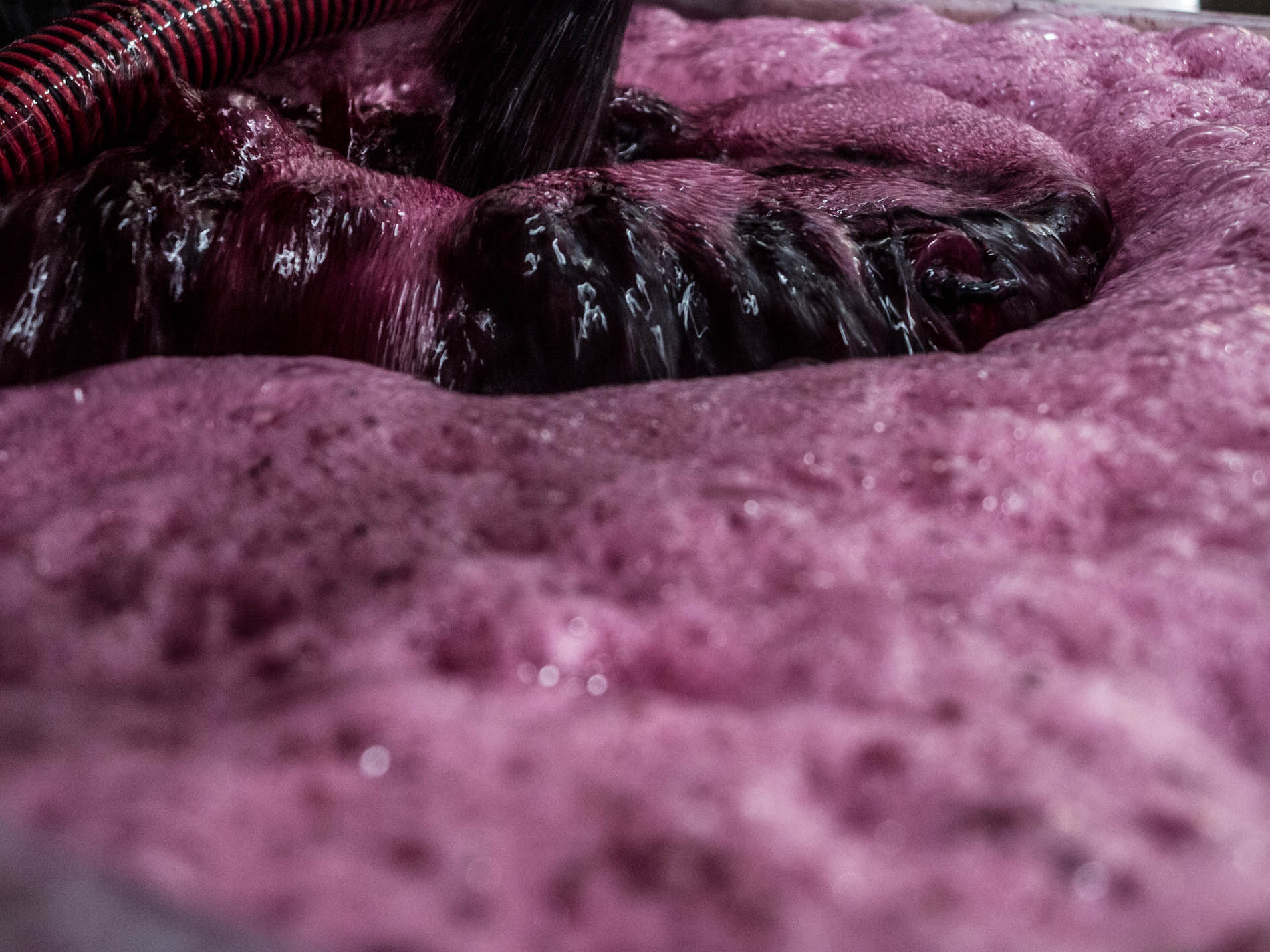There is more to wine than the ancient process of growing, harvesting grapes and then witnessing the mystery that is fermentation: a process that Dogliani producers are guiding with an increasing level of competence and confidence. Wine is also the combination of codified rules and regulations, of vineyards recorded in official registries, of commercial choices, and of typologies. All this in order to give the consumers a guarantee that the grapes used in production come in specific quantities, from a specific area, and that the vinification, starting from the fruit itself, respects certain parameters when it comes to alcohol content, extract, acidity, and ageing, and the techniques used to bring out the typical qualities of the wine.
TYPES OF DOGLIANI
In the Dogliani area, Dolcetto can made in two different styles of wine, both currently governed by a single appellation. Each style, however, must follow its own chemical and organoleptic parameters. The Dogliani DOCG wine, governed by the DOC rules of 1974 and 2005, represents this variety’s best-known characteristics: those of being straightforward and fruity. The Dogliani Superiore DOCG wine, governed by the Dogliani DOCG rules of 2005, is meant to enhance this variety’s lesser-known features, in particular an intense bouquet and a greater extraction, which are obtained through low grape yields and by means of a different ageing process.
OUR APPELLATION RULES DECREE THAT:
– All grapes used must come from vineyards grown in an area defined by law and filed in the viticultural records showing all identifying cadastral data.
– The vineyards must be grown on hills.
– Grapes must be produced only in regulated quantities, as overproduction is punished with them being downgraded to a lower appellation.
– The only grape variety allowed is 100% Dolcetto.
– Vinification must be carried out according to the appellation rules and may only take place within the province of Cuneo and in a few wineries located in the province of Savona.
– The organoleptic characteristics that must be obtained are defined by the disciplinary document and are tied to the wine’s typicality
– Before being released on the market, the wine must qualify for DOCG status and every single lot produced must pass the strict examination performed by a commission of tasting specialists of Valoritalia who reference the indications contained in the appellation rules.

